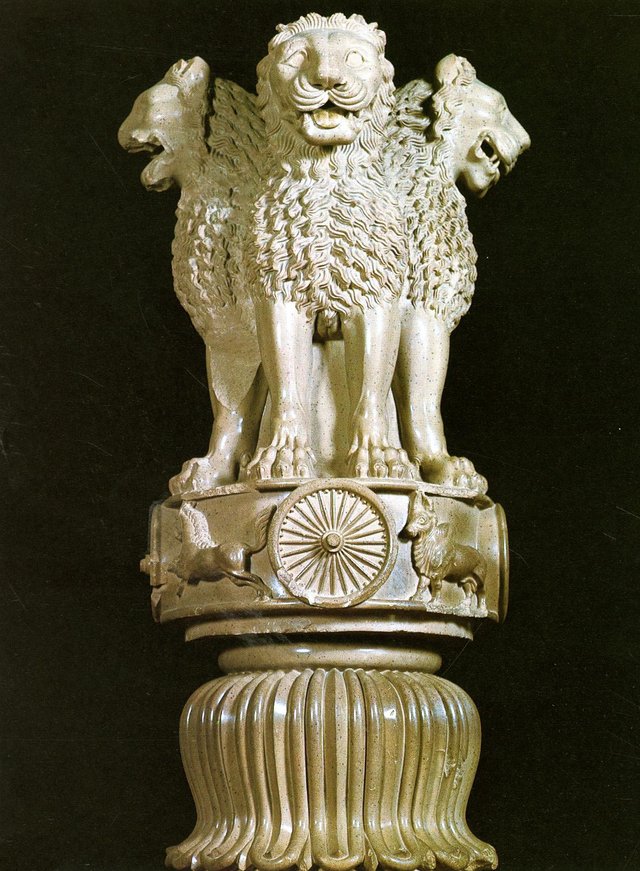
He was called Ashoka earlier and he hailed from the Maurian dynasty. He was the son of king Bindusara who ruled India during the period 300-273 B. C. It is reported in chronicles that queen Dharma/Subhdrangi was his mother. Other sources say that his mother was a Greek princess – the daughter of Seleucus Nicator a Greek king who ruled at Babylon.
Ashoka’s date of birth and details about his childhood are not known. But as a young man he was sent by his father to Ujjain in the Central India to rule the state of Avanthi.
While he was there functioning as the viceroy he married a princess from a family that lived at Vedisa, a nearby commercial town. This so called ‘Vedisa Devi’ gave birth to two children named Mahinda and Sanghamitta.
Few years after his father’s death Ashoka ascended the throne of Magadha. As a young man he was very much interested in the expansion of his kingdom.
He waged war with neighbour states and conquered them expanding his kingdom. However his conquest of the state of Kalinga changed his life.
He was very sorry and repented for the thousands of people killed at his order. Since his victory over Kalinga Ashoka gave up all his projects of expansion. One day he met a seven year old Buddhist monk named Nyagrodha, listened to his sermon and became a devoted Buddhist.
He made a long pilgrimage to Madya Mandala or North India where Gautama Buddha once carried on his religious activities.
Ashoka erected a stone pillar to mark the birth place of Buddha at Lumbini, and a few more such pillors were put up by him in places connected with the life of Lord Buddha. Vaishali and Sankassa are two such well known places.
After embracing Buddhism, Ashoka became a very righteous person. He declared his aim was to get Dhamma into the hearts of the countrymen. After this massive reformation in his life Ashoka was renamed by the people. They began to call him Dharmashoka.
He made great changes in his administration. He abolished slaughter of animals and cruel punishments. Ashoka launched many practical and useful programmes for the welfare of his countrymen.
Any citizen of the country could meet him any time. Dharmashoka had a very strong sense of duty and he did not leave the ruling of his empire in the hands of the state officers. He often supervised their means of administration.
He sent out Buddhist missionaries to many neighbour countries. His son Arahant Mahinda was sent to Sri Lanka during the reign of Tissa (later Devanam Piya Tissa) to introduce Buddhism. Dharmashoka’s daughter Sangamitta brought a sapling from the Sri Maha Bodhiya at Gaya, India, to Sri Lanka and she introduced the order of Buddhist Nuns (Bhikkunis) to the country.
Dharmashoka can be deservedly called one of the best and wisest kings in the history of the world.
@originalworks @minnowpond @minnowsupport @benjo @farihelper @morwhale @dorabot @SteemGigs @dropahead